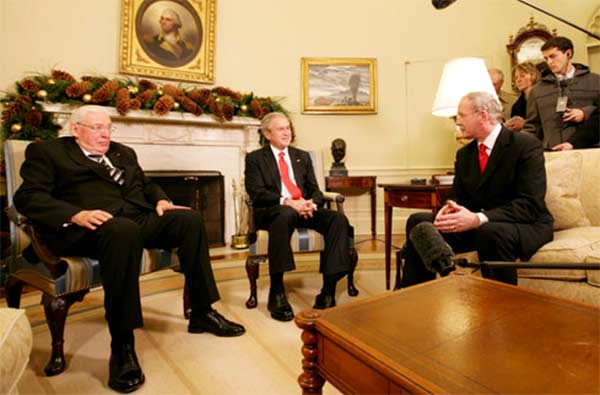Ian Paisley, George W. Bush & Martin McGuinness in 2007. By Chris Greenberg / Wikimedia Commons / CC-BY-SA-3.0 / GFDL
1 – Historic Good Friday Agreement
The Good Friday Agreement was a major political agreement in the Northern Ireland peace process signed in Belfast on Good Friday, 10 April 1998.
The agreement created numerous institutions between Northern Ireland and the Republic of Ireland, and between the Republic of Ireland and the UK. It also created Northern Ireland’s devolved system of government.
Also known as the Belfast Agreement, it is made up of two inter-connected documents, a multi-party agreement by Northern Ireland’s political parties, and an international agreement between British and Irish governments.
The agreement established a complex series of provisions, involving issues relating to civil rights, demilitarisation, policing, and the relationships between Northern Ireland, the Republic of Ireland, and the UK.
The agreement was approved by voters across the island of Ireland in two referendums held on 22 May 1998.
The referendum passed in Northern Ireland with 71% of the vote, while 94% voted in its favor in the Republic of Ireland.
People from both jurisdictions needed to approve the agreement in order for it to come into effect. The British–Irish Agreement came into force on 2 December 1999.
The main figures involved in the talks were UUP leader David Trimble, SDLP’s John Hume, Sinn Féin’s Gerry Adams, Mo Mowlam, David Ervine, UK Prime Minister Tony Blair, Irish Taoiseach Bertie Ahern, and the United States Special Envoy for Northern Ireland, Senator George Mitchell.
The Democratic Unionist Party was the only major political party in Northern Ireland to oppose the Good Friday Agreement.
2 – Monica Lewinsky Scandal
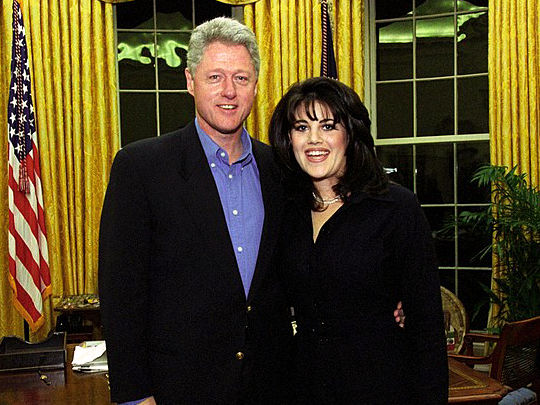
The Monica Lewinsky scandal was an American political sex scandal that involved U.S. President Bill Clinton and his 22-year-old White House intern Monica Lewinsky.
The sexual relationship took place between November 1995 and March 1997, only coming to light nearly a year later in January 1998.
On January 21, after news spreading of the alleged affair in previous days, The Washington Post became the first of the mainstream media to report the scandal.
On January 26, Clinton famously ended a televised speech stressing that he “did not have sexual relations with that woman, Miss Lewinsky”.
A U.S. House of Representatives investigation led to charges of perjury and President Clinton’s impeachment. A 21-day Senate trial eventually acquitted Clinton on all impeachment charges of perjury and obstruction of justice.
However, Clinton was given a 5-year suspension from practicing law in Arkansas, and he was disbarred from presenting cases in front of the United States Supreme Court.
Lewinsky had been hired as a White House intern in July 1995 during Clinton’s first term, before later becoming an employee of the White House Office of Legislative Affairs.
While working in the Defense Department, Lewinsky confided in co-worker Linda Tripp with details of her affair, who secretly recorded their telephone conversations.
In January 1998, Tripp delivered the tapes to Independent Counsel Kenneth Starr, who was investigating Clinton on other matters, including the Whitewater scandal. The story became public knowledge shortly after.
Despite the widespread press coverage, Clinton survived as president, while also saving his marriage to Hillary Clinton.
Meanwhile, Lewinsky gained international celebrity status, undertaking numerous ventures before leaving public life for a time. In the mid-2010s, she became a public speaker and activist against cyberbullying.
3 – The Omagh Bombing in Northern Ireland

The Omagh bombing was a terrorist attack in the town of Omagh, County Tyrone, Northern Ireland, on 15 August 1998.
The car bombing was carried out by a group calling themselves the Real Irish Republican Army, a splinter group that opposed the IRA’s ceasefire and the Good Friday Agreement.
In total, 29 people were killed, including a woman pregnant with twins and two Spanish tourists, with over 200 others injured. This made it the worst incident of the Troubles in Northern Ireland.
Forty minutes before the bombing, telephone warnings had been sent inaccurately, resulting in police inadvertently moving people towards the bomb.
In the wake of the Good Friday Agreement, the bombing caused outrage in Northern Ireland and around the world. The Real IRA denied they intended to kill civilians, apologized and declared a ceasefire shortly after.
In 2008, it was revealed that British intelligence agents had been monitoring conversations between the bombers as the bomb was being driven into Omagh.
In June 2009, the victims’ families won over £1.5 million in a civil action against four defendants and members of the Real IRA.
The families also filed a claim against the Real IRA, which was the first time a paramilitary group had been sued. They were found liable for the attack.
4 – John Glenn Becomes the Oldest Person In Space at 77-Years Old
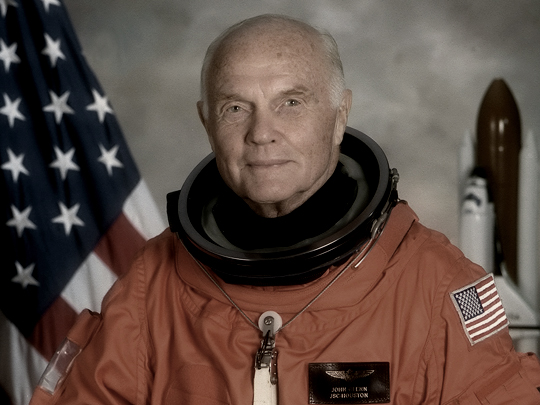
Glenn was a famous United States astronaut and politician, who became the first American to orbit the Earth on 20 February 1962, circling it three times.
Before joining NASA, Glenn was a distinguished fighter pilot in World War II, China, and Korea.
In 1957, he made the first supersonic transcontinental flight across the United States. His onboard camera took the first continuous, panoramic photograph of the United States.
In 1959, Glenn was one of the Mercury Seven, military test pilots selected by NASA as the nation’s first astronauts.
Following his retirement from NASA in 1964, Glenn went on to serve as the Democratic United States Senator from Ohio from December 1974 to January 1999.
On 29 October 1998, having passed the physical examination and while still serving as Senator, Glenn returned to space on the Discovery space shuttle’s STS-95 mission.
The nine-day mission saw Glenn become the oldest person to fly in space and the only person to fly in both the Mercury and Space Shuttle programs. He was also awarded the NASA Space Flight Medal.
In 2012, Glenn received the U.S. Presidential Medal of Freedom. He died at the age of 95 in 2016.
5 – U.S. Embassy Bombings in Kenya and Tanzania

On 7 August 1998, two United States embassies were attacked in almost simultaneous truck bombs in the East African cities of Dar es Salaam, Tanzania, and Nairobi, Kenya.
The Nairobi blast saw 213 people being killed, while 11 were killed in Dar es Salaam. A further 4,000 people were wounded in Nairobi, with another 85 in Dar es Salaam.
The majority of the casualties were local citizens.
The attacks were linked to local members of the Egyptian Islamic Jihad, and brought Osama bin Laden and al-Qaeda, to the attention of the wider American public for the first time.
The bombings resulted in bin Laden being placed on the FBI’s list of its ten most-wanted fugitives.
The FBI connected the attacks to associates of bin Laden in Baku, Azerbaijan, through calls he made via satellite phone.
The subsequent investigation resulted in charges being brought against 21 people for their various roles in the bombings.
As of 2018, all but three of the cases have been settled.
6 – Google is Founded by Larry Page & Sergey Brin
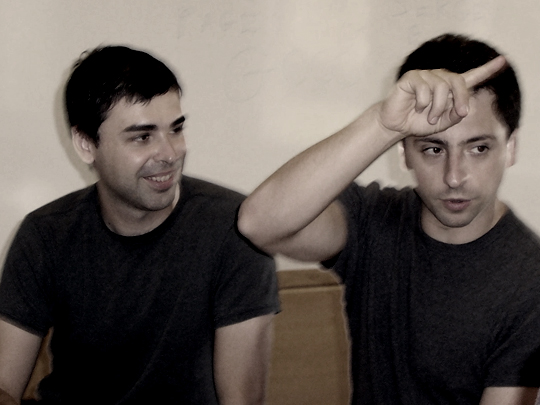
In January 1996, Google began as a research project by Stanford University Ph.D. students Larry Page and Sergey Brin in Stanford, California.
Their search engine was initially called “BackRub” as the system checked the backlinks of a site.
However, they changed the name to Google, with the Google domain being registered on 15 September 1997.
The name Google originated from a misspelling of the word “googol”, the number 1 followed by 100 zeros, which they picked to demonstrate the large quantities of information their search engine would provide.
On 4 September 1998, Google was incorporated, with the office based in the garage of their friend, Susan Wojcicki, in Menlo Park, California.
In July 2015, Larry Page became CEO of Alphabet, Google’s parent company. As of late 2018, he was the 8th-richest person in the world, with a net worth in excess of $51 billion.
Sergey Brin, who immigrated from the Soviet Union at the age of 6, is Alphabet’s president. As of late 2018, he was the 13th-richest person in the world, with a net worth of over $50 billion.
7 – Former Chilean Dictator Gen. Augusto Pinochet is Arrested in London
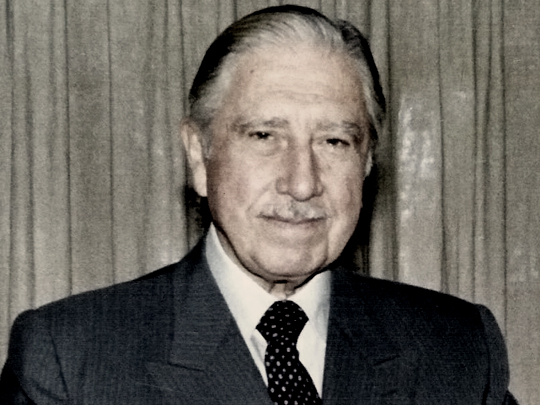
On 10 October 1998, General Augusto Pinochet was indicted by Spanish magistrate Baltasar Garzónon, for human rights violations he had committed in his native Chile.
Six days later, Pinochet was arrested in London and held for a year and a half, before being released by the British government in March 2000.
Authorized to freely return to Chile, Pinochet was indicted and charged with a number of crimes. He died at the age of 91 on 10 December 2006, without being convicted in any case.
On 11 September 1973, Pinochet had come to power in a violent coup that deposed Socialist President Salvador Allende.
During his 17-year regime, Pinochet was responsible for numerous human rights violations.
Pinochet was also accused of using his position for personal enrichment through embezzlement of government funds, the illegal drug trade, and illegal arms trade.
A 1991 report found that at least 2,279 people were murdered for political reasons during Pinochet’s regime, with another report finding over 30,000 people were tortured by the government.
At the time of his death, Pinochet had been implicated in over 300 criminal charges for multiple human rights violations, tax evasion, and passport forgery.
8 – Decapitated Head of Danish Little Mermaid is Returned
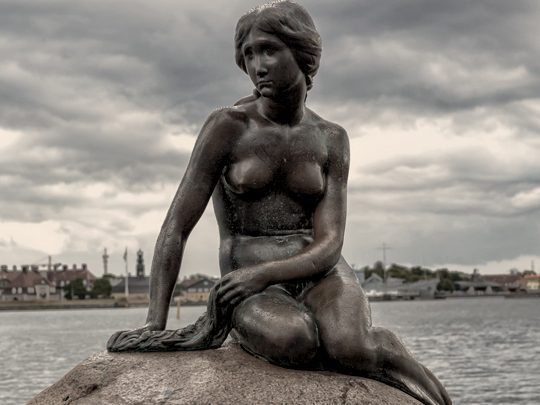
The Little Mermaid is a bronze statue by Edvard Eriksen, displayed on a rock by the waterside at the Langelinie promenade in Copenhagen, Denmark.
Based on The Little Mermaid fairy tale by Danish author Hans Christian Andersen, the statue is a Copenhagen icon and has been a major tourist attraction since it was unveiled in 1913.
This statue has been damaged and defaced many times since the mid-1960s for various reasons, but has been restored each time.
On 6 January 1998, the statue was decapitated, but the culprits were never found.
The head was returned anonymously to a Copenhagen television station and reattached on 4 February.
In September 2003, the statue was knocked off its base by explosives. It was later found in the waters of the harbour, with holes having been blasted in the mermaid’s wrist and knee.


